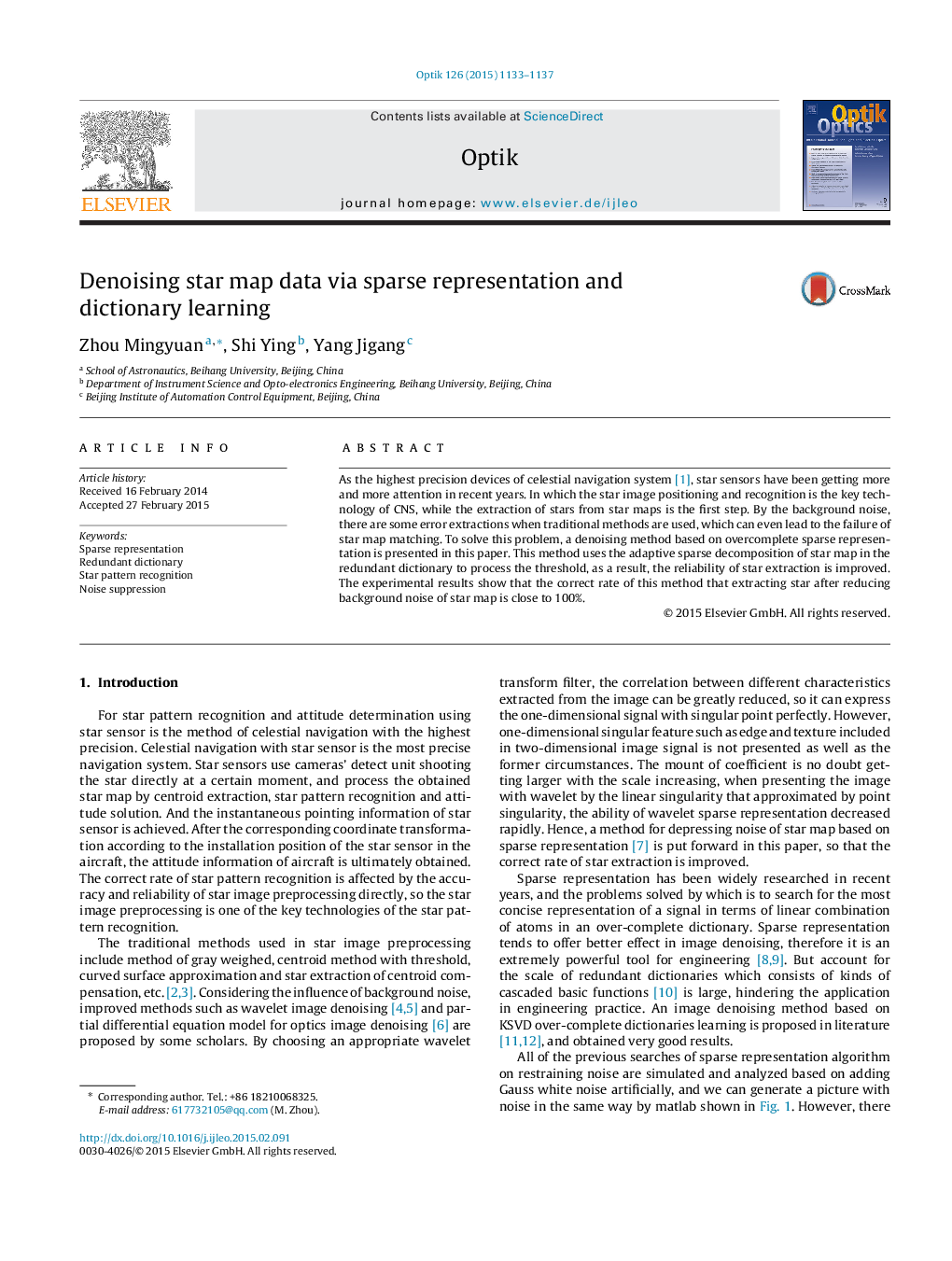| Article ID | Journal | Published Year | Pages | File Type |
|---|---|---|---|---|
| 7451778 | Quaternary International | 2015 | 5 Pages |
Abstract
Thus, for the management of archaeological sites it is necessary to develop tools and methods that allow us to discover ongoing decay as fast as possible. Furthermore, in order to prioritize between excavation, in situ preservation and mitigation the decay rate should be evaluated on a quantitative scale to determine if the archaeological remains can be preserved for centuries, decades or only a few years under different conditions. This is a challenging task as archaeological sites and materials are often heterogeneous and have been subjected to different site formation processes. This paper describes different approaches that may be used for determining decay rates of archaeological remains, and discusses their advantages and disadvantages. It is argued that it is necessary to combine several approaches to estimate decay rates and reach a reliable understanding of the decay.
Related Topics
Physical Sciences and Engineering
Earth and Planetary Sciences
Geology
Authors
Henning Matthiesen,
